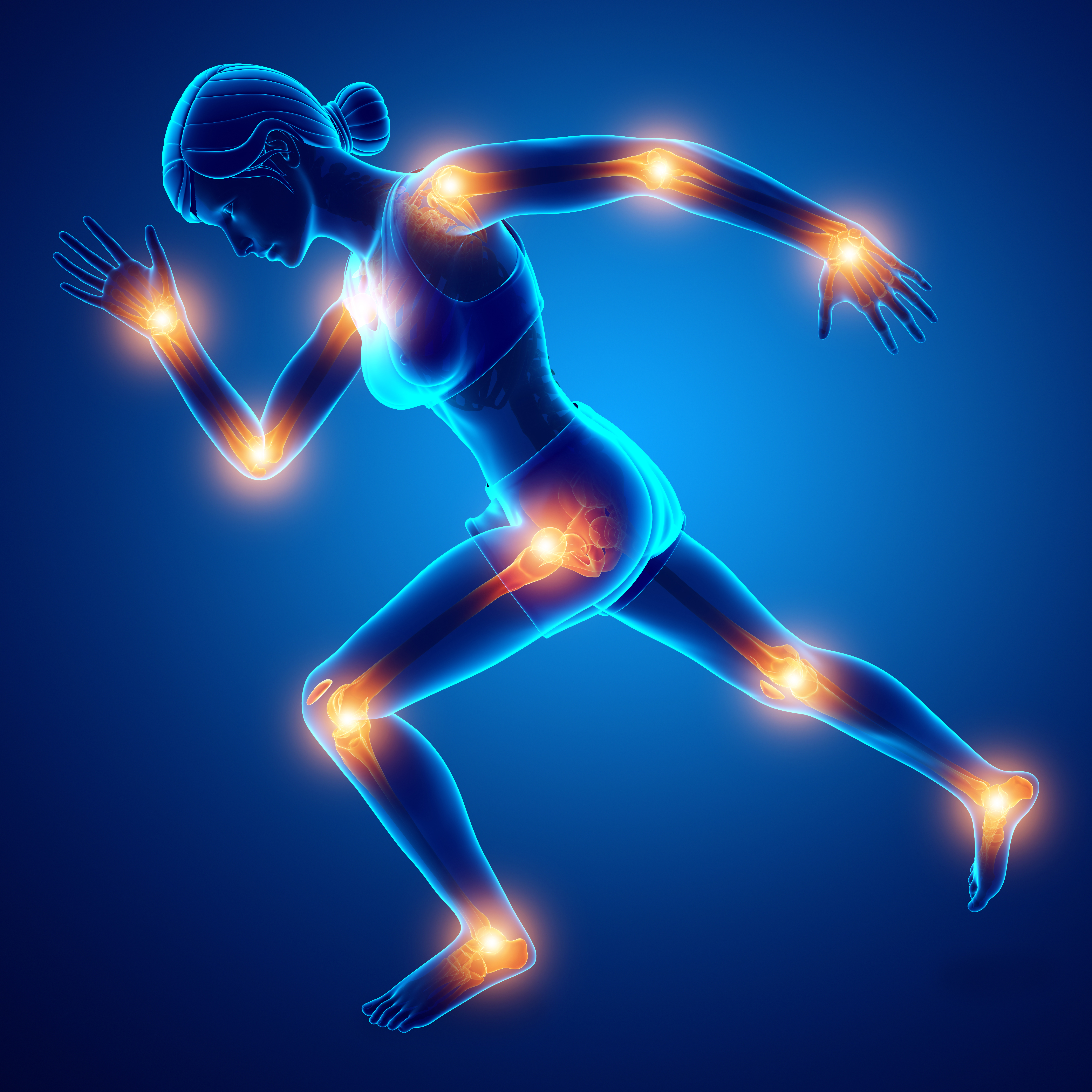Benefits of treatments
Cold Laser for Healing and Pain Relief
There is substantial clinical evidence published in peer-reviewed medical journals that laser therapy (LLLT) is able to stimulate repair of tissue, reduce inflammation, and relieve pain in musculoskeletal disorders. The three main areas with this evidence are:
- Soft tissue injuries
- Joint conditions
- Back and neck pain
Other applications, such as shingles and post-operative pain, also respond well to treatment.
What Is It?


Wellness & vitality for the whole body
- Decreased Inflammation
- Improved lymph draining
- Improved blood circulation
- Increased energy
- Overall faster return to wellness
Improved pain management, performance & recovery
- Increased range of motion
- Decreased pain
- Muscles, Nerves, Tendons, Joints
- More intense and higher volume training
- Improved muscle strength
- Reduced post exercise soreness
- Decreased injury recovery time
- Faster return to sports training
Pain management in musculoskeletal conditions
- Arthritis
- Neuropathies
- Tendonopathies
It could also help with some chronic degenerative syndromes:
Interventions for Syndrome Conditions
- Fibromyalgia
- Chronic fatigue
- Lupus
- Rhumatoid Arthritis
- Psoriatic Arthritis
- Lymphedema
- MS
- Parkinsons

To learn more about our sports rehabilitation treatments, contact us, in Bushey, Hertfordshire.
How It Works
Infrared light stimulates or inhibits cellular function according to the intensity and the time applied. Lasers and LEDs produce intense beams of light at specific wavelengths, and when the right wavelength and intensity are achieved and targeted in the correct anatomical location for the right amount of time, you’re able to achieve repair, inflammation reduction, and pain reduction.
One of the primary mechanisms is the effect of light on cytochrome c oxidase and the consequently the unbinding of nitric oxide and release of ATP. This leads to improved cellular function. For anti-inflammatory effects we have found a measurable reduction in PGE2, TNF Alpha, and IL-6 in the synovia surrounding damaged tendons, and for analgesia high intensity lasers over nerve supply inhibit fast axonal flow.
In addition, high intensity single point lasers may release trigger points and treat acupuncture points, which is much more preferable than needle.
Once you understand these mechanisms and their subsequent physiological effects LLLT and cold laser becomes a powerful tool. We hope you use your laser extensively and create great value for patients and your practice.
Please enquire about discounts for bulk bookings
07956 501204